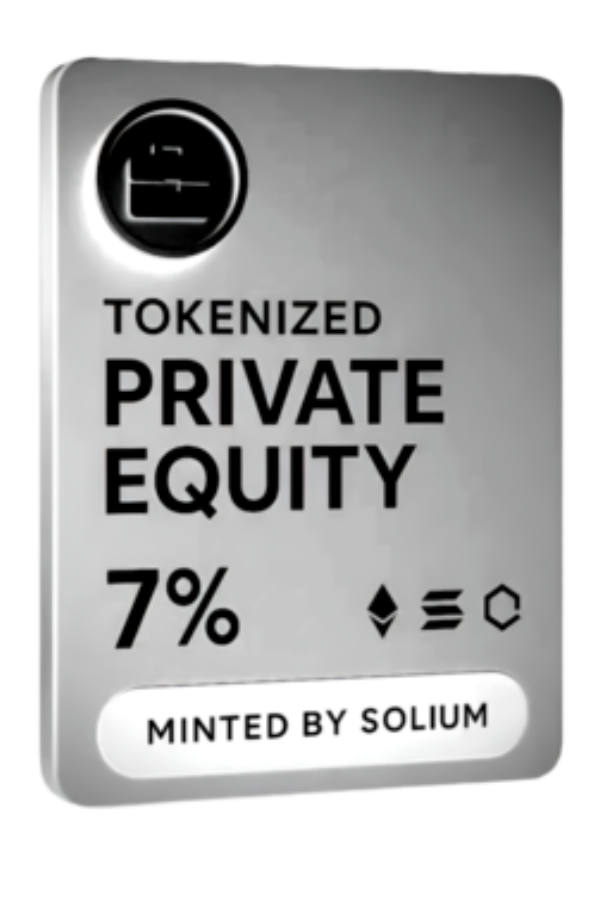1
/
of
2
TauFI
Traditional Private Equity
Traditional Private Equity
Regular price
$1,000.00 USD
Regular price
Sale price
$1,000.00 USD
Unit price
/
per
Taxes included.
Couldn't load pickup availability
⛏ Coming soon
You're unlocking access to the highest-performing asset class in modern finance.
- PE has historically outperformed public markets over 10–20 year horizons
- By tokenizing these funds, TauLayer democratizes elite-level investing
- It also brings RWA credibility and yield-bearing diversification into the Web3 space
What Are Traditional Private Equity Funds?
Traditional Private Equity Funds are pooled investment vehicles that acquire equity ownership in mature, private companies with the goal of improving performance, growing value, and eventually exiting at a profit — usually via a sale or IPO.
They typically follow a buyout model, and are managed by professional investment firms called private equity firms (e.g., Blackstone, KKR, Carlyle).
Key Characteristics
| Feature | Description |
|---|---|
| Structure | Limited Partnership (LP) model: Investors = Limited Partners, Fund Manager = General Partner (GP) |
| Investment Focus | Mid-to-large-sized established private companies (not startups) |
| Hold Period | 3–7 years, depending on the turnaround or growth strategy |
| Minimum Investment | High — usually $1M+, accessible mainly to institutional investors |
| Liquidity | Illiquid — capital is locked during fund life; tokenization aims to improve this |
| Return Profile | High potential returns, but higher risk than public equity due to leverage and concentration |
| Fees | Commonly "2 and 20" — 2% management fee + 20% performance fee (carry) |
Lifecycle of a Traditional PE Fund
-
Fundraising Phase – GPs raise capital from LPs (institutions, family offices, sovereign funds).
-
Investment Period – GPs deploy capital to acquire and restructure target companies.
-
Management Phase – PE firm adds value through cost-cutting, leadership changes, M&A, or operational improvements.
-
Exit Phase – The firm sells the company via IPO, M&A, or secondary buyout.
-
Distribution – Profits (if any) are returned to LPs, minus performance fees.
PE Investment Strategies
- Leveraged Buyouts (LBOs): Use borrowed funds to amplify returns.
- Growth Equity: Capital for expansion in companies that are cash-flow positive but not yet public.
- Distressed/Turnaround: Buy underperforming businesses, improve operations, exit profitably.
-
Roll-ups: Consolidate fragmented industries (e.g., dental clinics, logistics firms) under one portfolio company.
Why Tokenize Traditional PE Funds?
Tokenization solves key barriers for everyday investors:
| Barrier | Tokenized Benefit |
|---|---|
| High Minimums | Fractional ownership lowers entry cost |
| Illiquidity | Secondary trading via smart contracts |
| Opacity | On-chain reporting = greater transparency |
| Long Lockups |
Programmable exit windows or liquidity pools |
Who Invests in Traditional PE Funds?
- Pension Funds
- Sovereign Wealth Funds
- University Endowments
- Family Offices
- Ultra High Net Worth Individuals
- (and now, tokenized retail platforms like TauLayer)
Share




